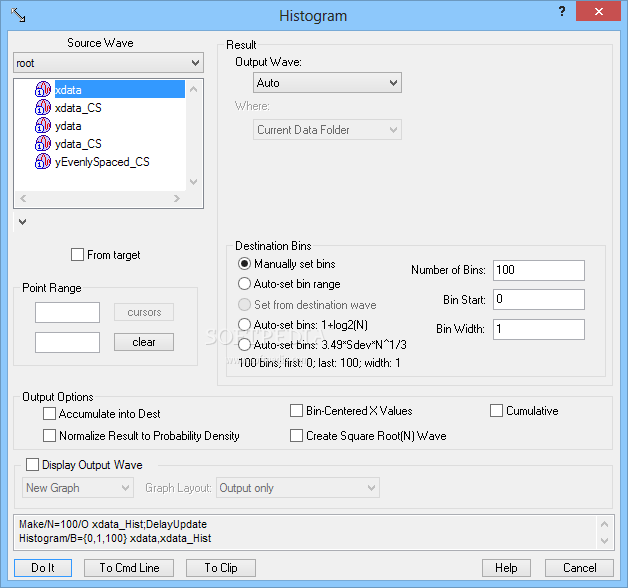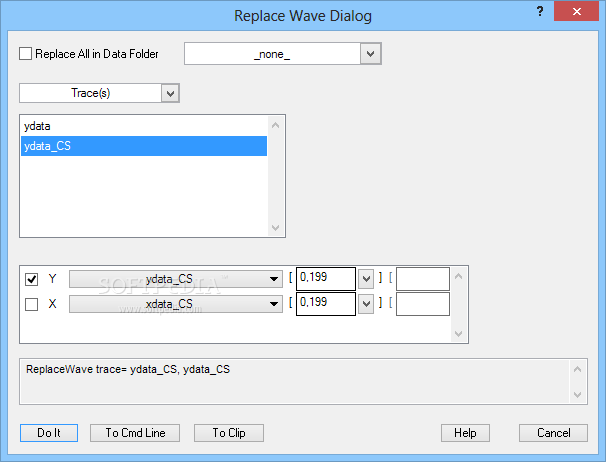

In addition, it could enhance the change of the averaged diffraction intensity in the monomer phase despite the dimer peaks not yet having appeared, as shown in Figs. This means that the dimer and its associated excimer state should exist. The suggested phase-transition kinetics reveal that small parts of the reactant phase (nuclei of the dimer) appear randomly in the parent phase at the beginning of the reaction. The study overcomes the drawbacks of photoreactions in a single crystal by the application of powder diffraction reaching higher completion (63.8%) of the dimer fraction. In our previously reported photodimerization study of 9-MA (Mabied et al., 2012 ▶), the time-dependent powder diffraction data of 9-MA monomer and dimer phases were analyzed quantitatively based on the averaged structure in each phase. Moreover, Aladekomo (1973 ▶) reported that 9-MA is one of the unique materials which enables the study of excimer and stable dimer. However, forming the excimer is faster than forming a stable dimer (Takegoshi et al., 1998 ▶ Ferguson & Mau, 1974 ▶). The excimer could either disintegrate into stable monomers (M ex → 2M + hν) or form a stable dimer (M ex → D). Reported possible processes during monomer–dimer transformations due to the photoreaction are as follows: monomers absorb the light (2M + hν → M*) and then relax to instantly excited monomers (M ex, excimer). Based on their photodimerization properties, many applications have been developed, such as the fabrication of photo-switchable devices (Zhao et al., 2008 ▶), control of biological reactions (Molard et al., 2006 ▶) and with optical storage memory devices (Dvornikov & Rentzepis, 1996 ▶). Upon illumination with light of wavelength >300 nm, anthracene derivatives undergo important photodimerization to form a stable dimer phase, which can be dissociated into its initial monomers either thermally or by illumination under light of wavelength <300 nm (Bouas-Laurent et al., 2001 ▶ Schmidt, 1971 ▶).

The target here is to treat the data of in-situ photodimerization time-dependent powder diffraction measurements of the anthracene derivatives 1-chloroanthracene (1-chA) and 9-methylanthracene (9-MA). The present study sheds some light on the advantages of applying SVD analysis to time-resolved crystallographic data in the case of powder diffraction. It can reveal important information by extracting small changes from the data that could not be detected directly (Oka et al., 2000 ▶ Rajagopal et al., 2004 ▶ Zhao & Schmidt, 2009 ▶ Henry & Hofrichter, 1992 ▶). Among these applications, SVD has proved efficient in treating time-dependent crystallographic and spectroscopic data. In addition, it has been successful in many other areas such as spectroscopy (Berlich et al., 2005 ▶ Henry & Hofrichter, 1992 ▶ Henry, 1997 ▶), gene expression data (Alter et al., 2000 ▶ Wall et al., 2003 ▶), scientific computing and signal processing (Lahabar & Narayanan, 2009 ▶). SVD analysis has had a variety of successful applications in crystallography for instance, with time-resolved small-angle X-ray scattering (Okamoto & Sakurai, 2003 ▶) and time-resolved macromolecular crystallographic data (Zhao & Schmidt, 2009 ▶ Rajagopal et al., 2004 ▶). Also, it can help to extract meaningful signals from noisy data (Henry & Hofrichter, 1992 ▶ Rajagopal et al., 2004 ▶). SVD is able to decompose time-resolved data into time-independent and time-dependent components.

Singular value decomposition (SVD) analysis introduces an excellent solution, where large data sets containing a number of values can be reduced to fewer data sets containing significant values while conserving the correlation of variables of the original data. The rapid development of time-resolved X-ray experiments has raised challenges regarding data analysis and the extraction of significant information.


 0 kommentar(er)
0 kommentar(er)
